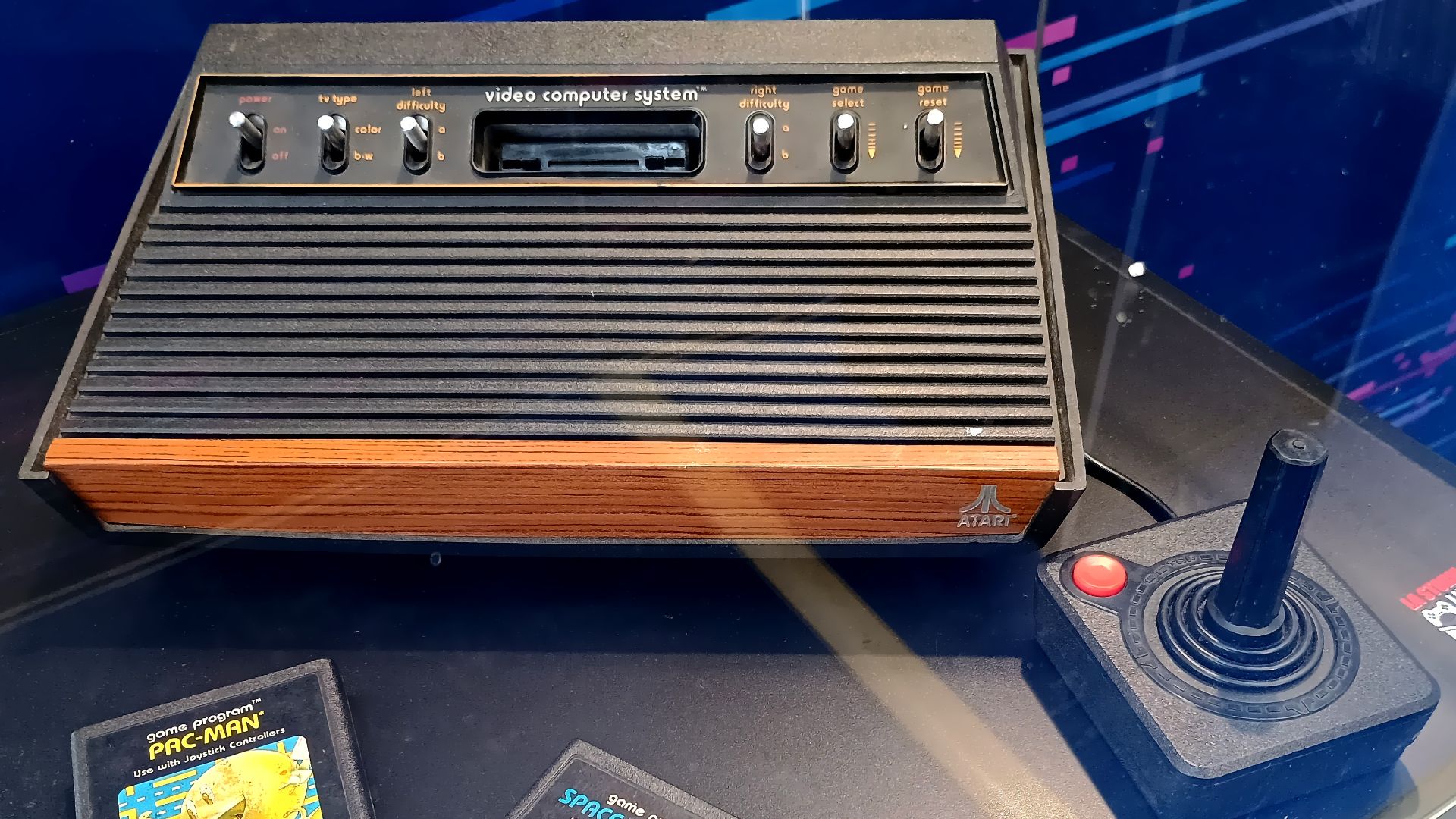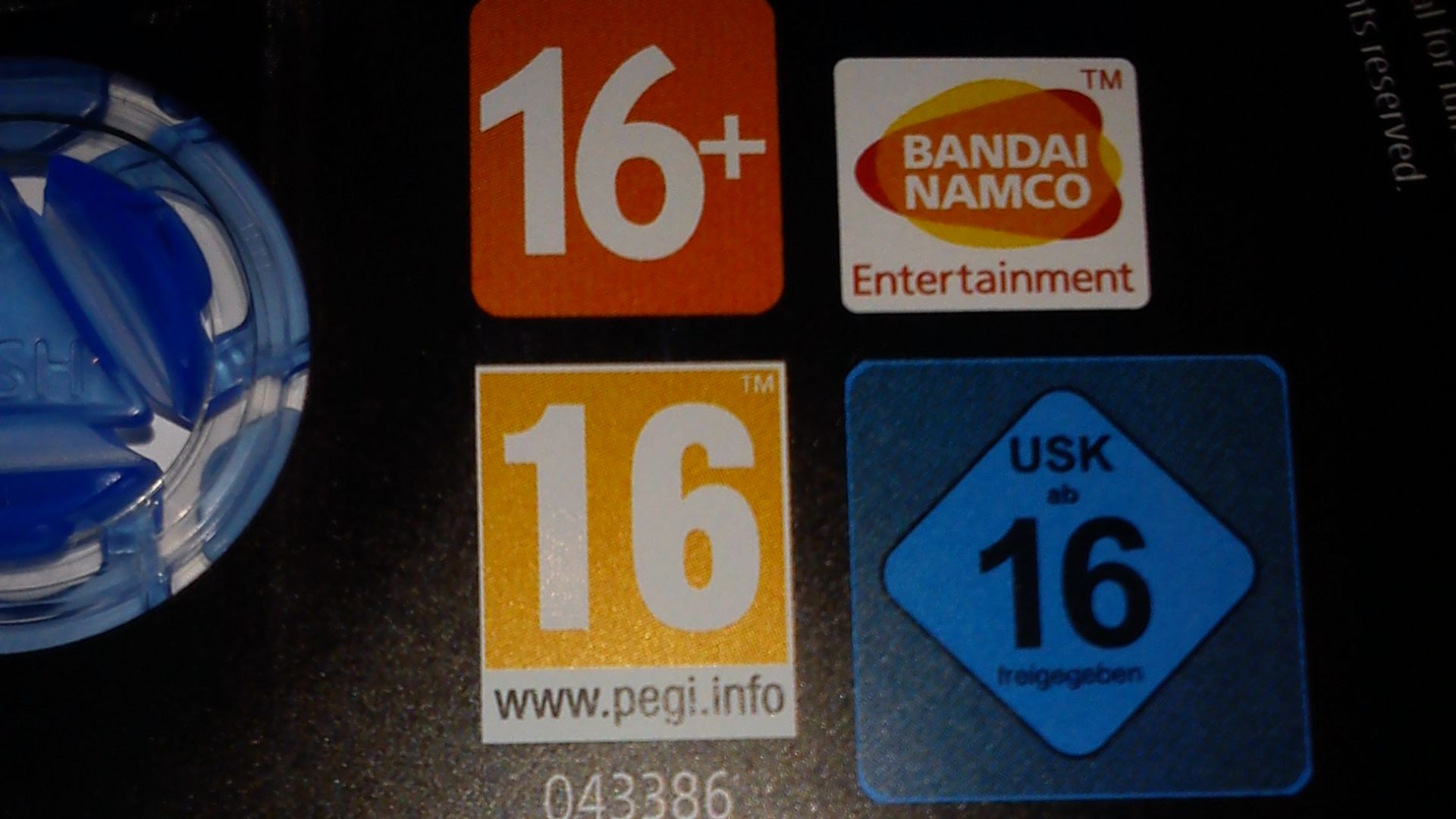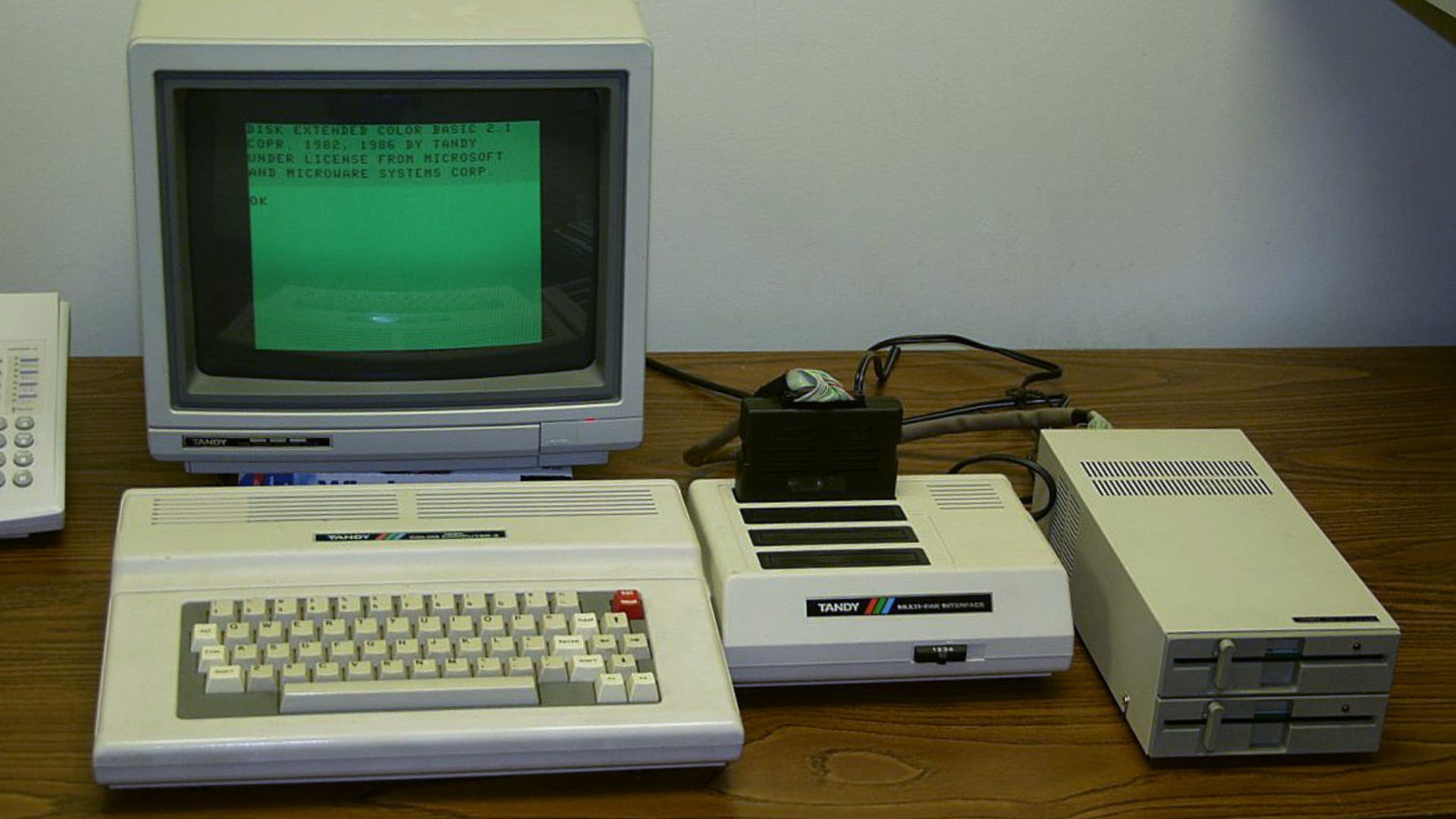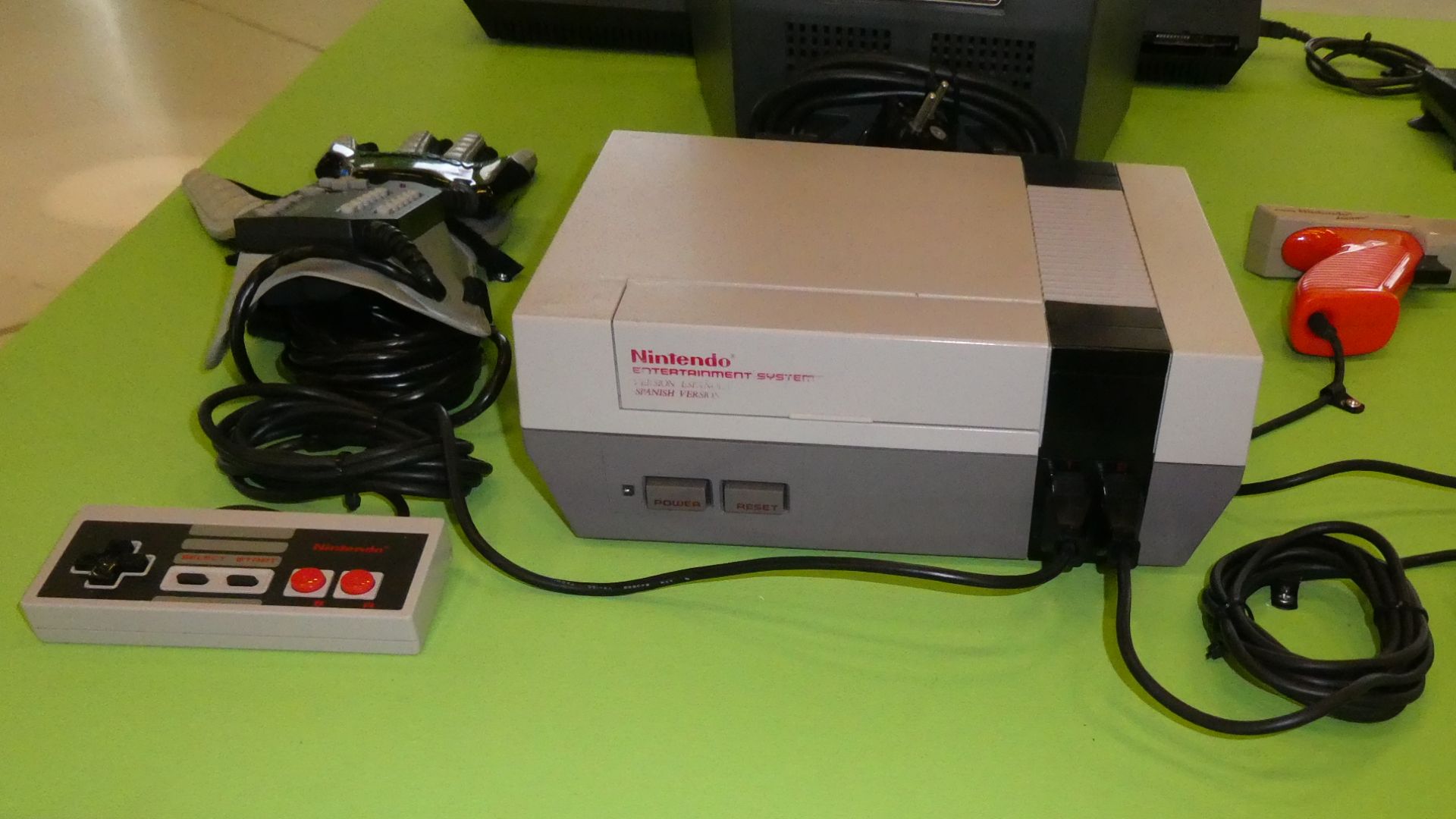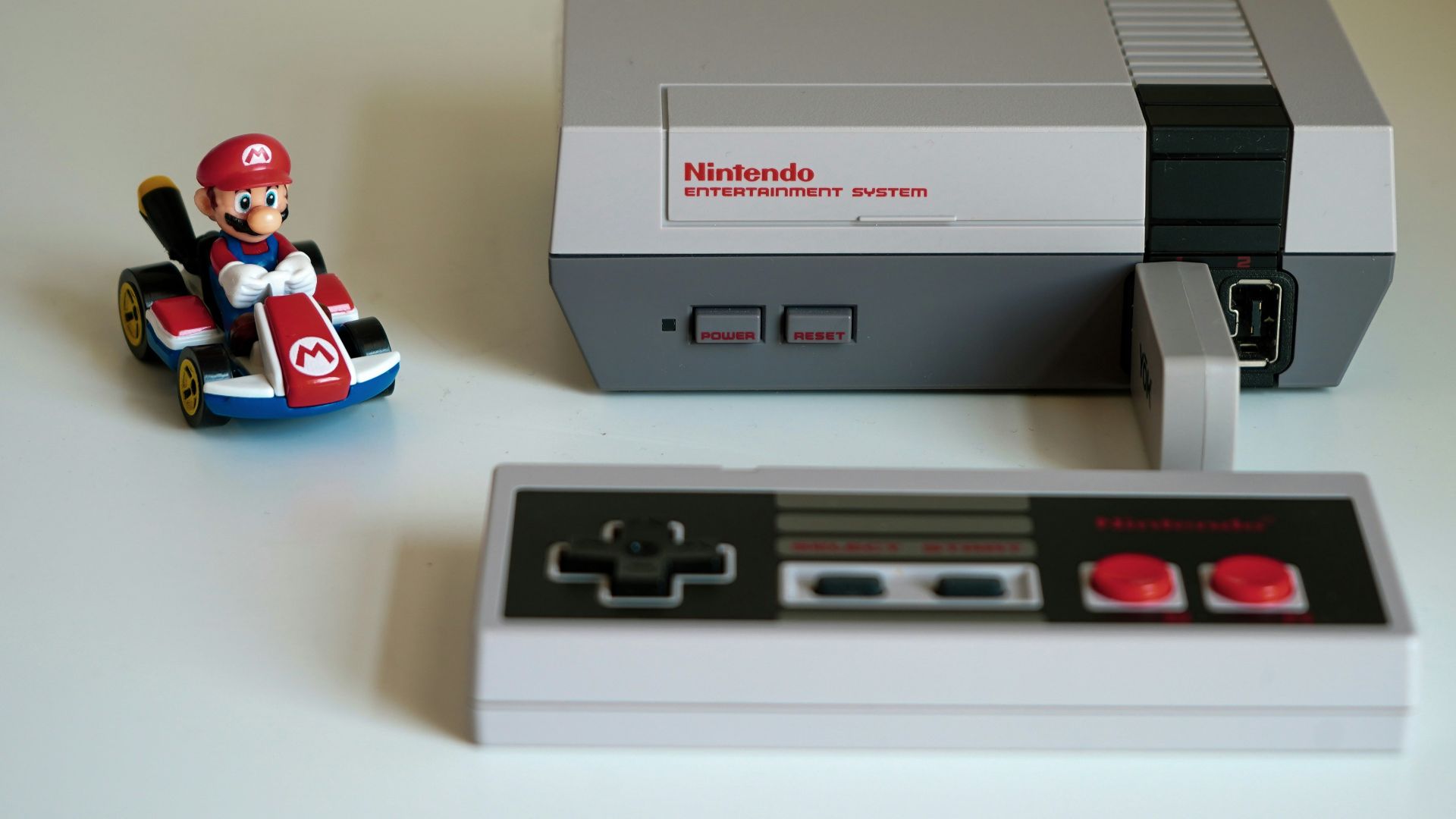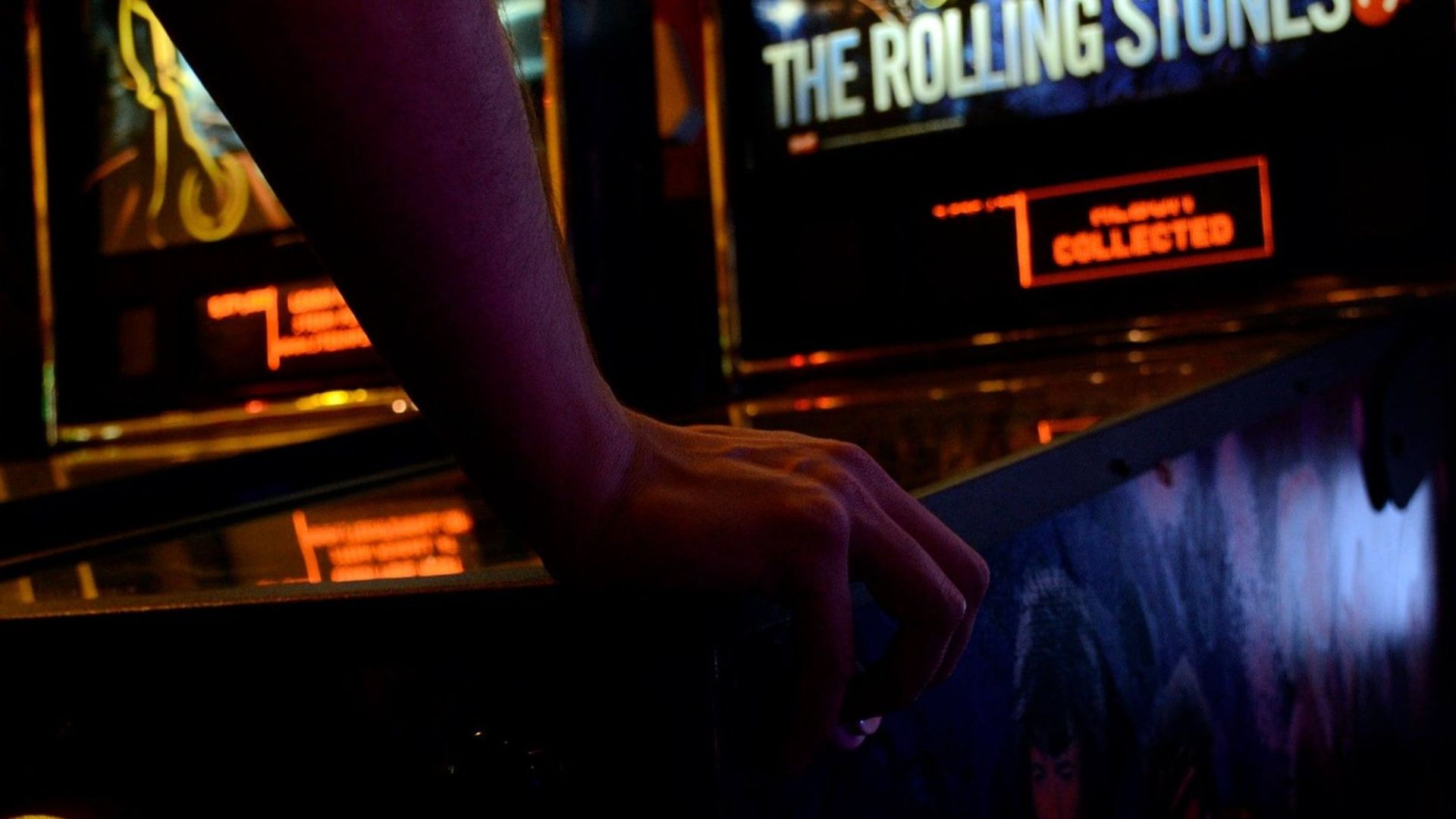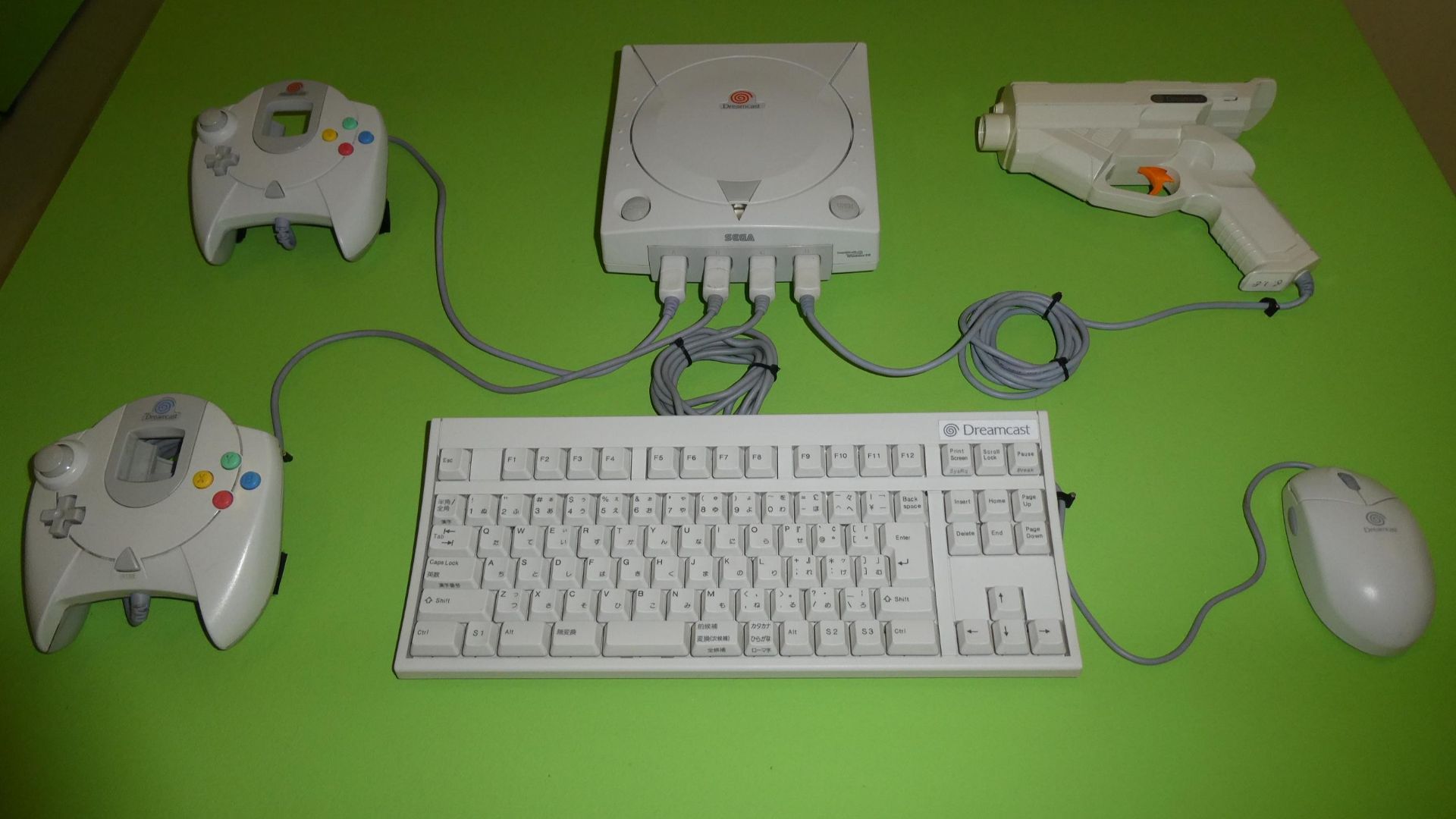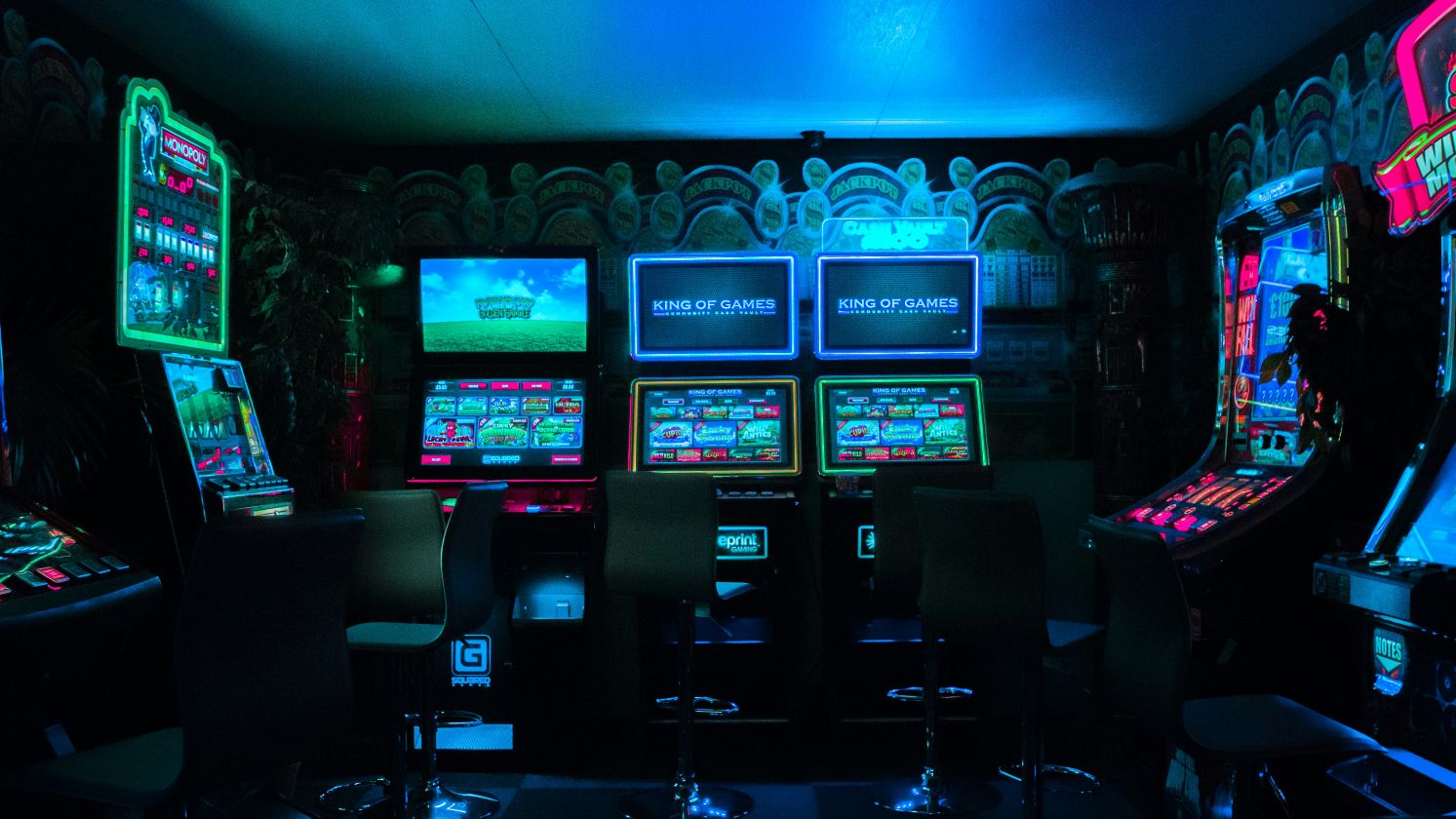Crash Of The Gaming World
In the early '80s, video games were the shiny new toy everyone couldn’t get enough of. But in 1983, the entire industry hit a massive wall, and the boom turned into an unexpected bust. So, what happened? To find out, let’s take a look at 20 crazy facts about the 1983 video game crash that will make you rethink how close we came to losing it all.
1. Atari’s Sudden Decline Nearly Wiped Out An Industry
Atari, once the king of video gaming, saw its dominance crumble at the hands of its own missteps. As one of the most well-known companies in the early gaming scene, Atari failed to adapt to the oversaturated market. Soon, Atari was a shadow of its former self.
2. The E.T. Game Became The Symbol Of Gaming Failure
When Atari released E.T. the Extra-Terrestrial, it quickly became a symbol of rushed production and poor decision-making. Designed to capitalize on the movie’s massive popularity, the game was developed in a mere six weeks.
3. A Hidden Burial Of E.T. Cartridges In The Desert
In an effort to dispose of the unsold E.T. cartridges that plagued their inventory, Atari buried them in a New Mexico landfill in 1983. The burial site remained a mystery for decades until it was found in 2014, revealing millions of cartridges.
4. The Impact On Retailers Was Immediate And Devastating
When game sales fell off a cliff in 1983, retailers who had invested heavily in video games found themselves stuck with unsold stock. Retailers were no longer willing to gamble on the next big thing, and the public’s trust in the gaming market evaporated.
5. It Sparked The Creation Of The Video Game Rating System
The chaotic and unregulated game market was part of what led to the eventual creation of the video game rating system. Hence, industry leaders recognized why it was important to ensure appropriateness for different age groups, paving the way for the ESRB in 1994.
6. The “Great Video Game Crash” Became A Media Sensation
As the video game market collapsed in 1983, news outlets, hungry for an explanation of the sudden decline, picked up the story, which quickly became a national conversation. Hence, the crash became a symbol of corporate greed.
7. The Home Computer Rise Changed The Game
With more processing power and versatility, machines like the Commodore 64 and Apple II allowed users to play games and manage their finances all in one. These home computers provided a level of engagement that consoles couldn’t match.
8. Nintendo’s Strategy Revived The Industry
In the aftermath of the crash, the video game industry was in ruins. But by 1985, Nintendo’s NES console arrived with a modern approach. Unlike the flood of poorly designed systems before it, Nintendo’s system was reliable.
9. The Market Was Oversaturated With Low-Quality Games
Soon, the video game market was filled with an overwhelming number of low-quality titles. Developers churned out games with little regard for gameplay. Unfortunately, many of these titles were nothing more than rushed cash grabs.
 The 1983 Video Game Crash: How It Happened and How Video Games Came Back by Almost Something
The 1983 Video Game Crash: How It Happened and How Video Games Came Back by Almost Something
10. Developers Faced Huge Bankruptcy
The video game crash left a trail of bankruptcies in its wake. Developers who had once enjoyed success now found themselves unable to cope with the sudden market decline. Also, many developers found themselves struggling.
11. The Gaming Crash Didn’t Affect Japan
While North America was dealing with the fallout of the crash, Japan’s video game market largely remained unaffected. The disparity between the two markets highlighted the global nature of the crash but also foreshadowed the shift in power from the West to the East in the gaming world.
12. Atari’s Fall Sparked A Generation Of New Developers
As Atari’s downfall became inevitable, it left behind a void in the market. This gap, however, inspired a new wave of independent developers. People who were once employed by Atari and other now-defunct companies started their own ventures.
13. The Crash’s Impact On Game Development Standards
No longer could developers push out products without regard for quality; the market had made it clear that poor design was no longer acceptable. From this point forward, companies focused on creating polished experiences that would meet the expectations of players.
14. The Crash Created A Trust Crisis In Gaming
After the crash, consumers were hesitant to trust the gaming industry. Many felt burned by the flood of subpar products and the industry’s inability to self-regulate. The crash had left a lingering shadow of doubt that the industry wouldn’t fully shake for years to come.
15. Video Game Magazine Circulation Dropped
Video game magazines that once thrived during the boom years began to see their circulation numbers drop in the wake of the crash. Advertisers pulled back, and readers also became less interested in gaming publications.
 Video Game development throughout the 80s. by strafefox
Video Game development throughout the 80s. by strafefox
16. The Crash Paved The Way For The Revival Of Arcades
In the years following the crash, arcades began to see a resurgence. With the home console market in disarray, players returned to arcades, where they could experience unique games that simply couldn’t be replicated at home.
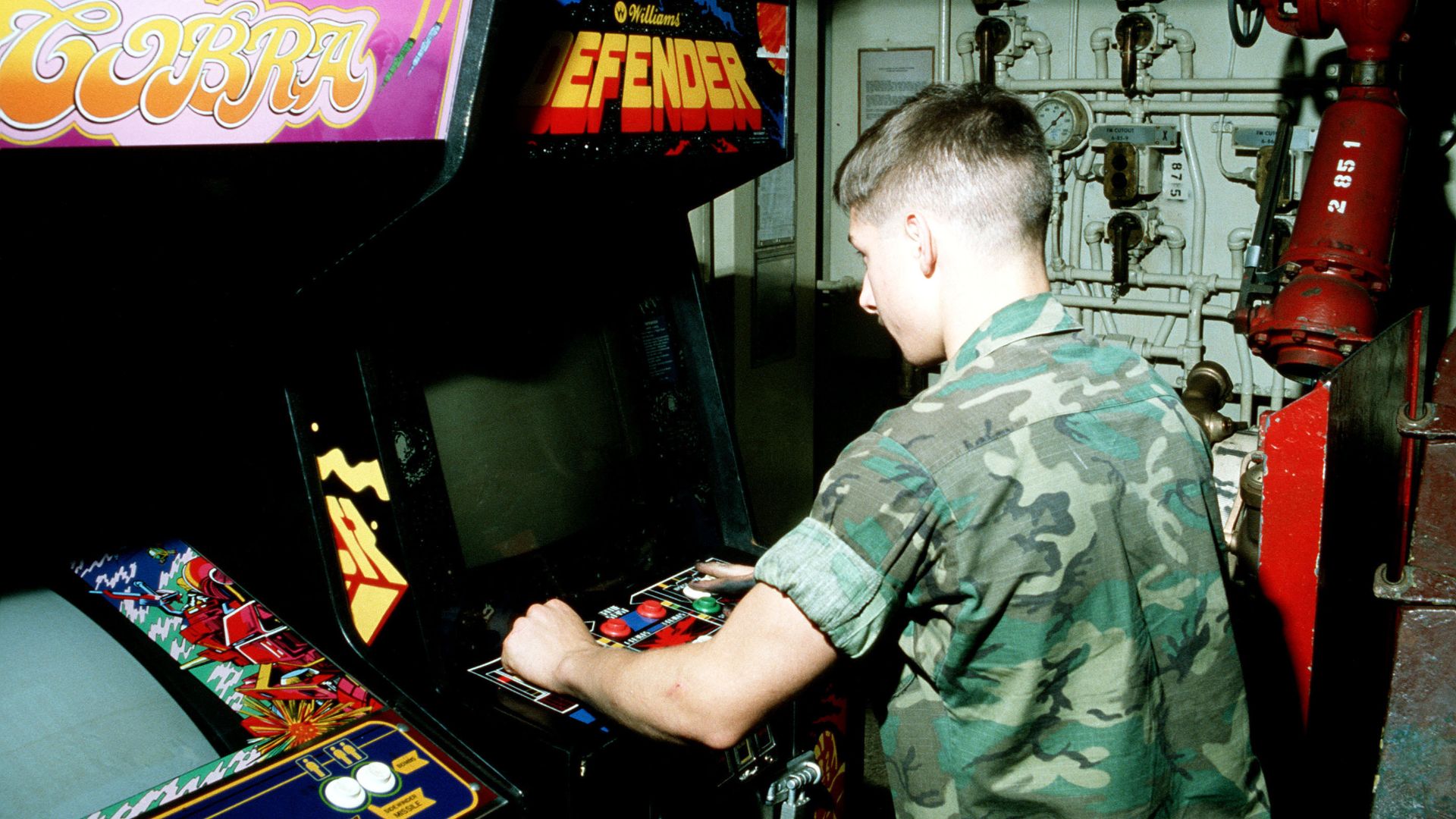 United States Department of Defense on Wikimedia
United States Department of Defense on Wikimedia
17. The Crash’s Influence On Modern Gaming Economics
The 1983 crash forever altered the economics of the gaming industry. In its wake, game companies adopted more sustainable business practices, focusing on long-term growth. It helped the industry avoid another collapse.
18. Sega Was Unaffected By The Crash
Sega, which entered the console market just after the crash, was remarkably unaffected by the collapse. While competitors were still licking their wounds, Sega was free to observe and learn from their mistakes. By launching the Sega Master System with careful planning, Sega avoided the pitfalls.
19. Game Development Costs Rose Sharply Post-Crash
After the crash, the gaming industry learned a valuable lesson: rushing games to market is a recipe for disaster. With the focus shifting toward quality, game development costs rose sharply as developers invested more in testing and quality assurance.
20. Activision Survived The Crash
When the crash wiped out many of its competitors, Activision found a way to survive by diversifying its operations. Rather than relying solely on consoles, Activision shifted its focus to developing games for PCs. This allowed the company to weather the storm while others crumbled.



